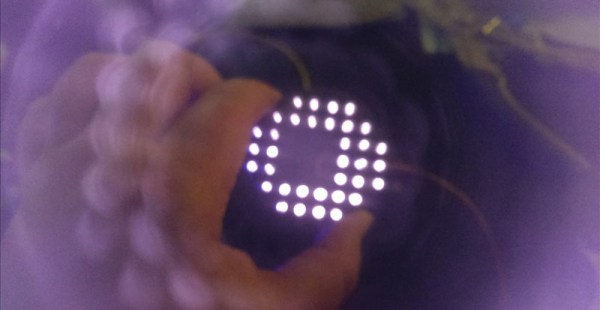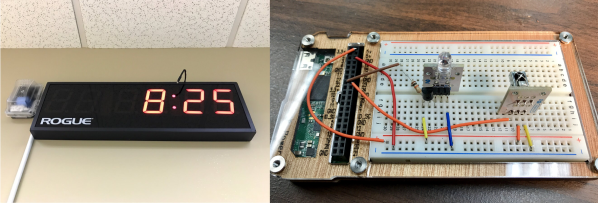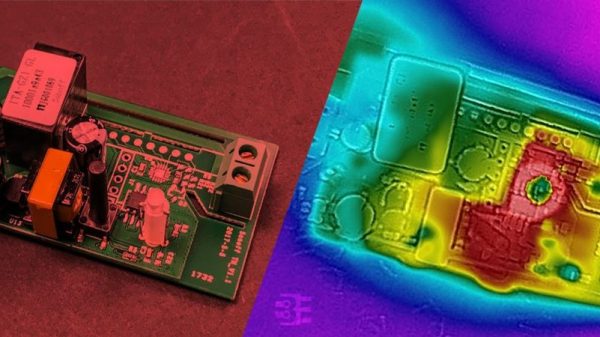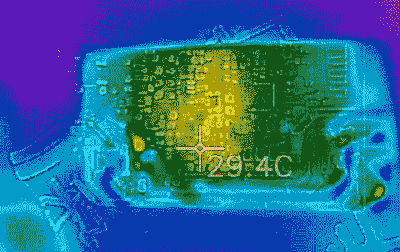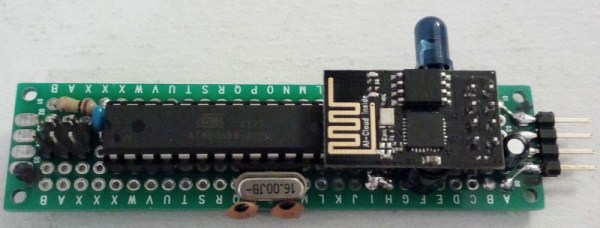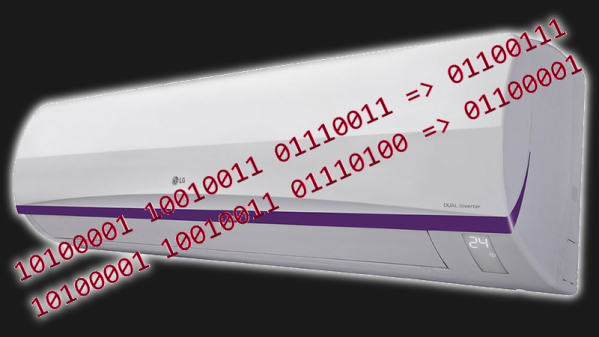Ah, the age-old question: at what temperature does one’s tea need to be for maximum enjoyment? It’s subjective, of course, but subjective in a way that makes everyone else’s opinion demonstrably wrong. What’s worse, the window of opportunity for optimum tea temperature is extremely narrow. What’s a tea drinker to do?
Throw a little technology at the problem, of course, in the form of this Internet of Tea smart coaster. Through careful experimentation, [Benjojo] determined the temperature of his favorite mug when the tea within was just right for drinking and designed a coaster to alert him to that fact. The coaster is 3D-printed and contains an MLX90616 IR temperature sensor looking up at the bottom of the mug. An ESP8266 lives inside the coaster too and watches for the Optimum Tea Window to open, sending an alert via Discord when the time is right. Yes, he admits that a simple blinking LED on the coaster would keep his tea habit metadata from being slurped up by the international tea intelligence community, but he claims he has nothing to hide. Good luck with that.
What’s next for [Dane]’s tea preparation? Perhaps he can close the loop and automate the whole pre-consumption process.


